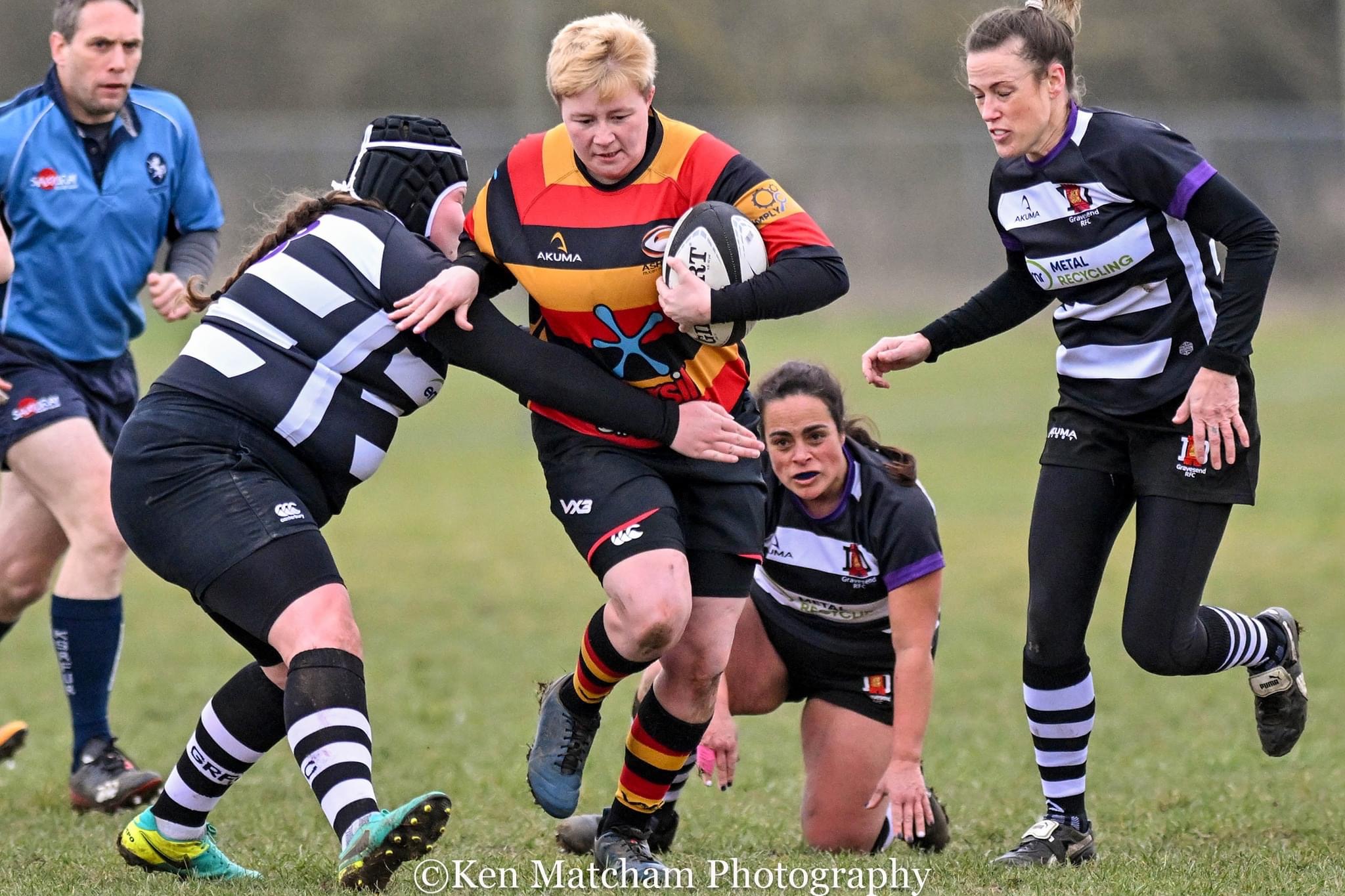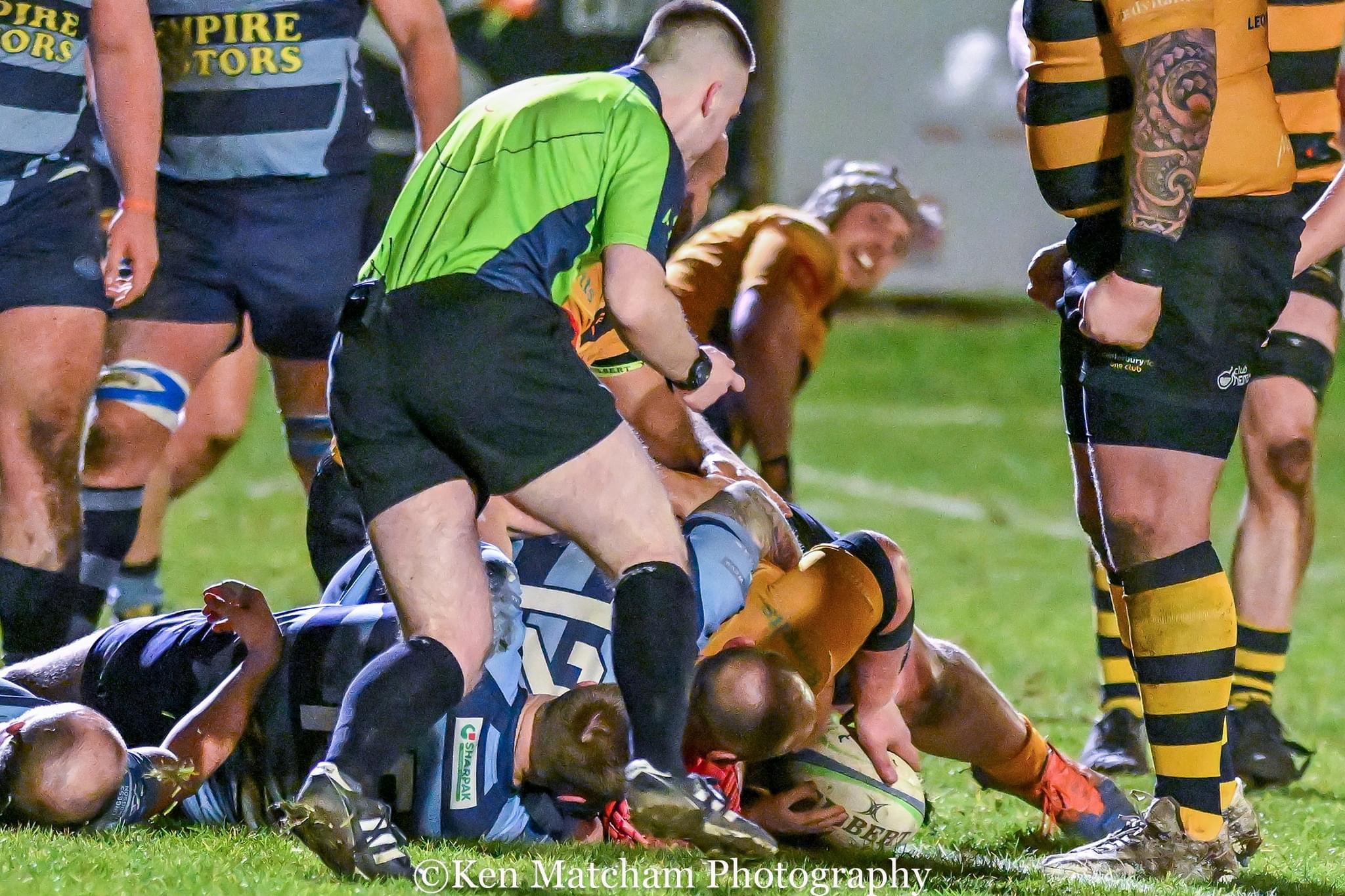Law Clarifications


Law 20 – IRB Scrum DirectiveLaw 17 – The MaulLaw 3,5,8 – Players re-entering the field of playLaw 11 – Offside within the Ten MetreLaw 9 – Taking a Conversion KickLaw 19 – Teams choosing not to engage at the line outLaw 9 – Method of scoringLaw 16 – Offside at the RuckLaw 6 – HIA ProtocolLaw 13 – Kick Off and RestartsLaw 20 – Scrum RestrictionsLaw 13 – Kick off & Restarts No.2Law 22.8 – Ball kicked dead through in goalWorld Rugby Application of Laws for Sevens Rugby TournamentsLaw 15, 16, 22 – Kicking ball out of players handLaw 3.14 – Rolling substitutionsGuidelines for Contact with the head